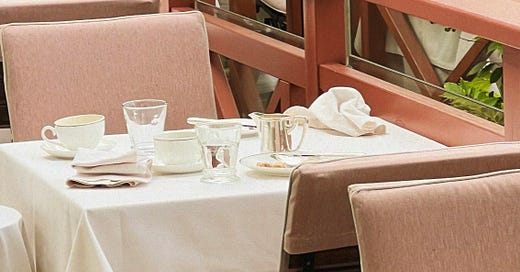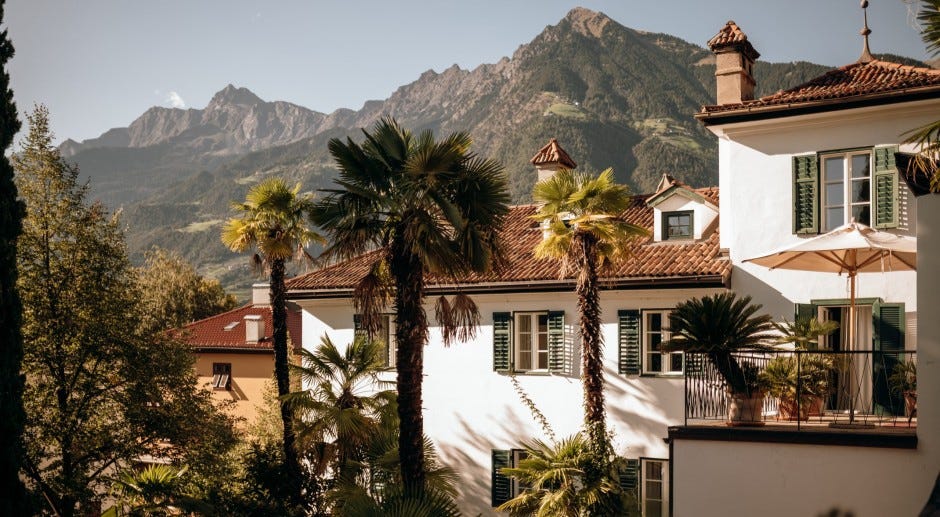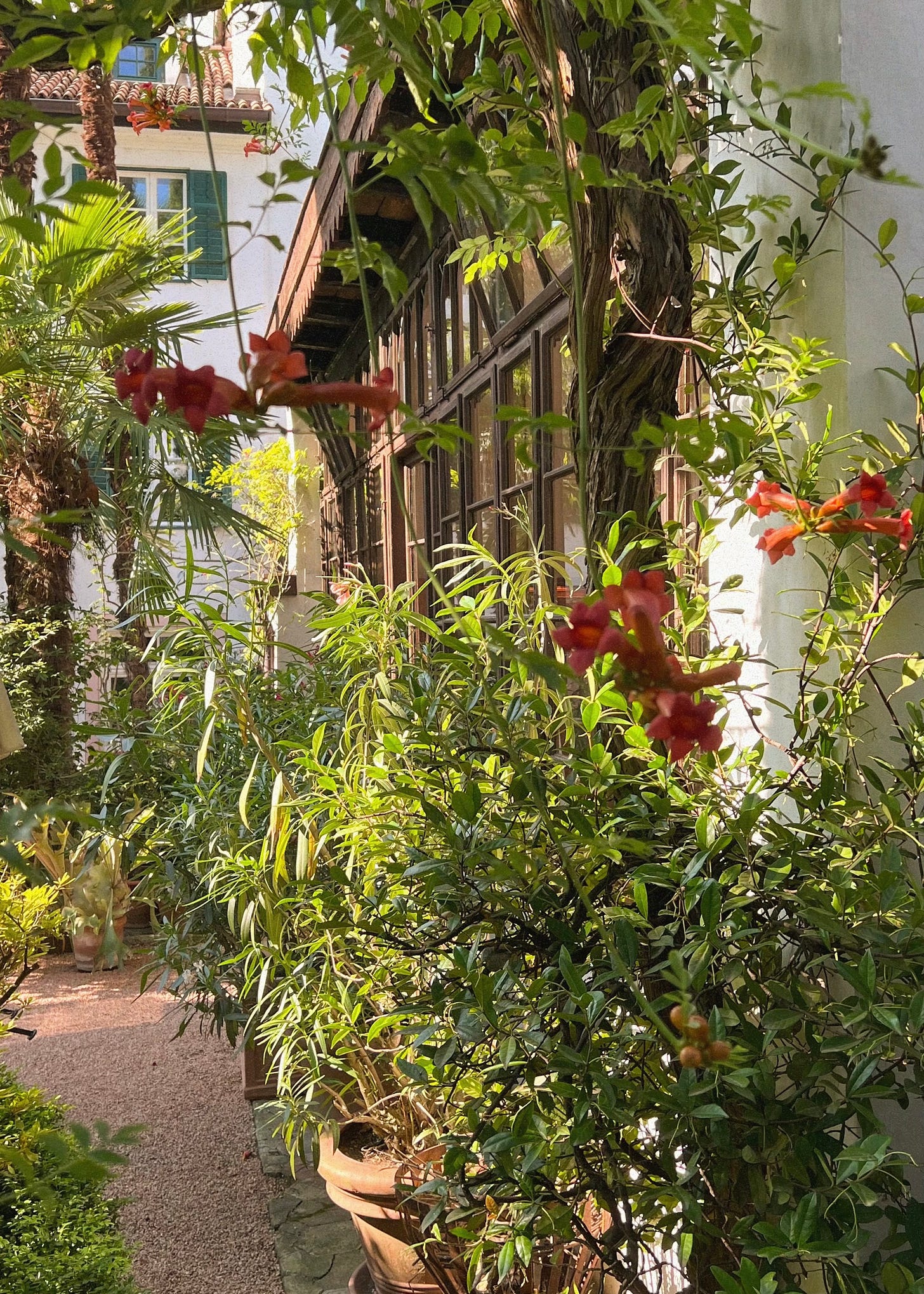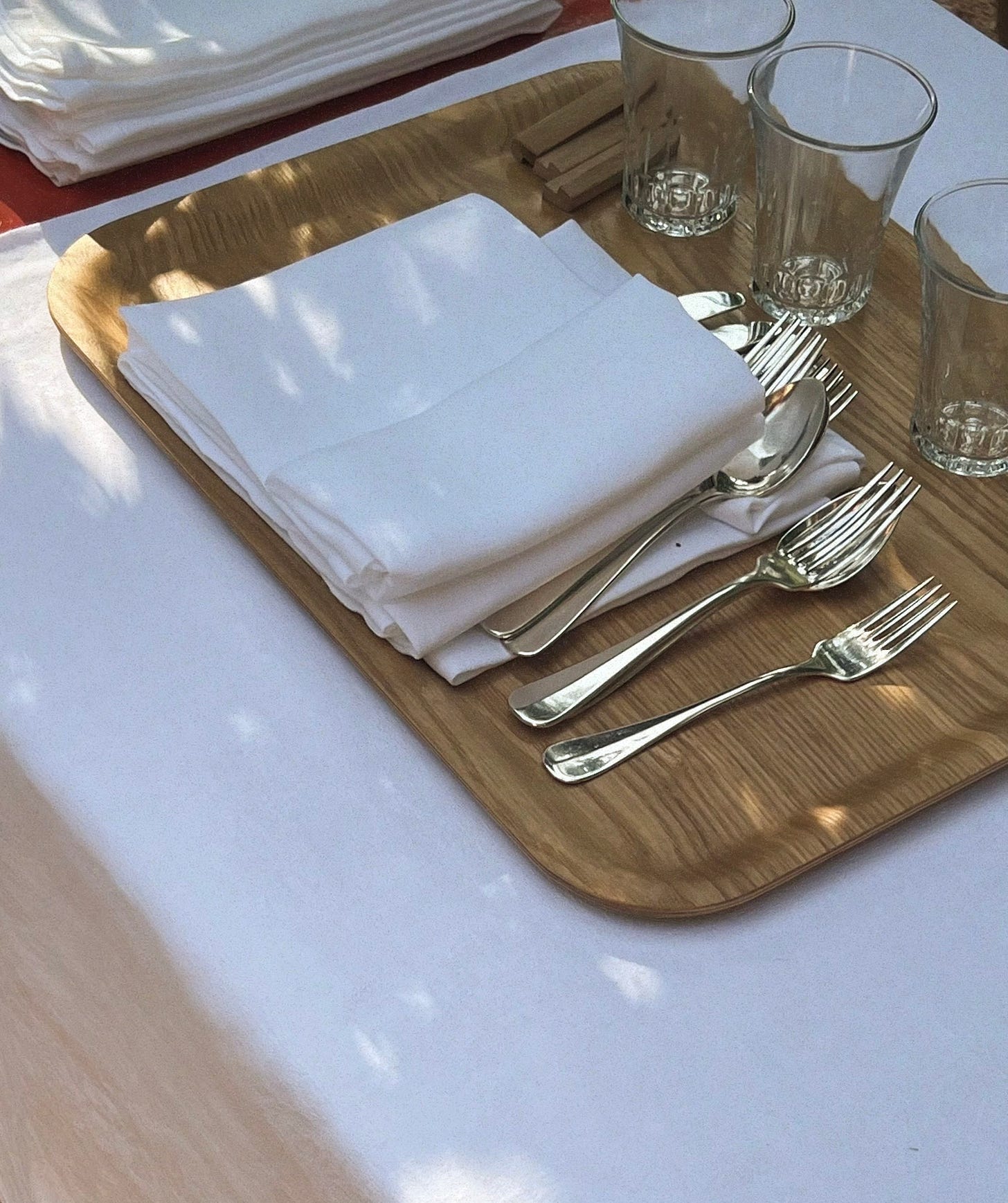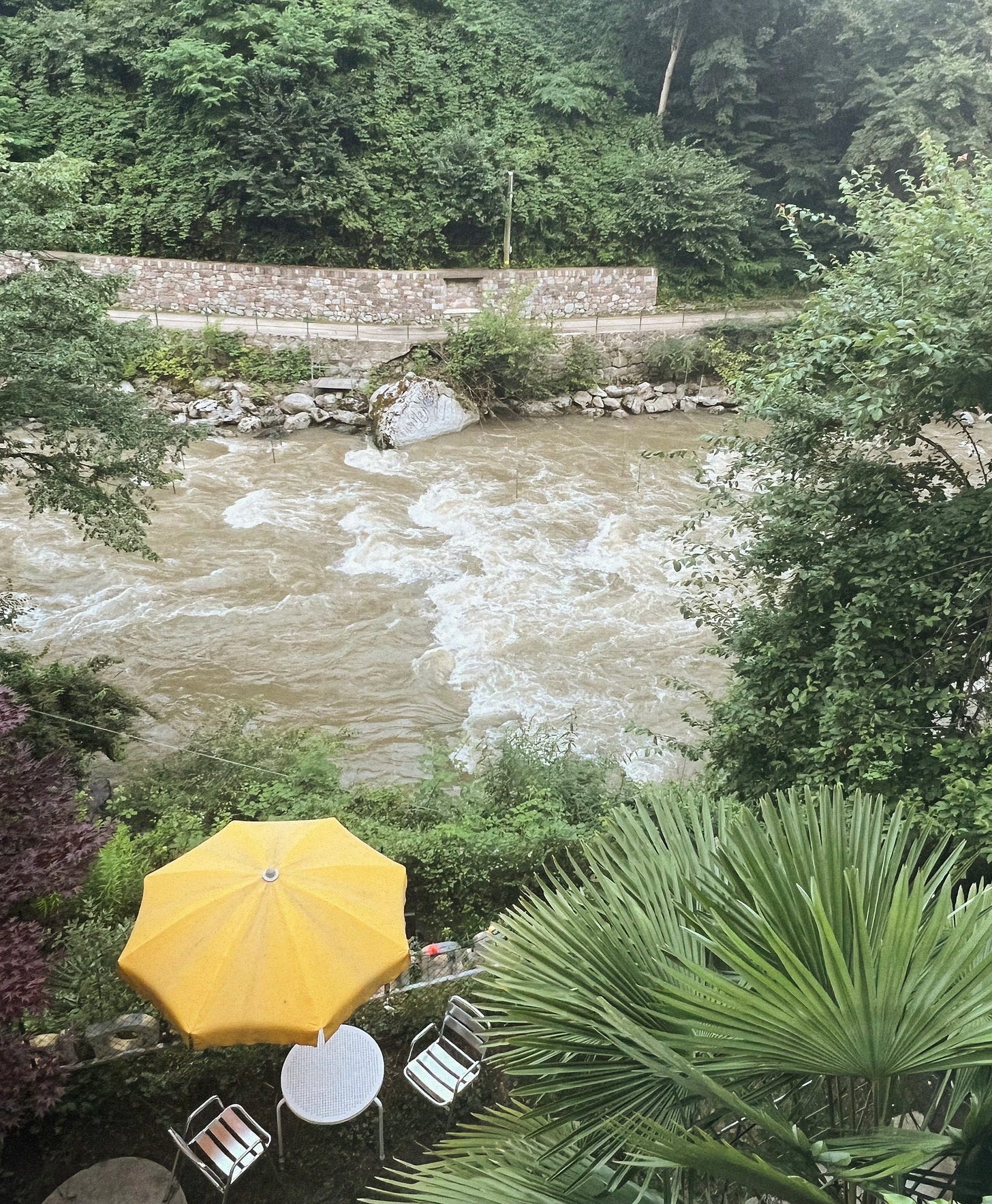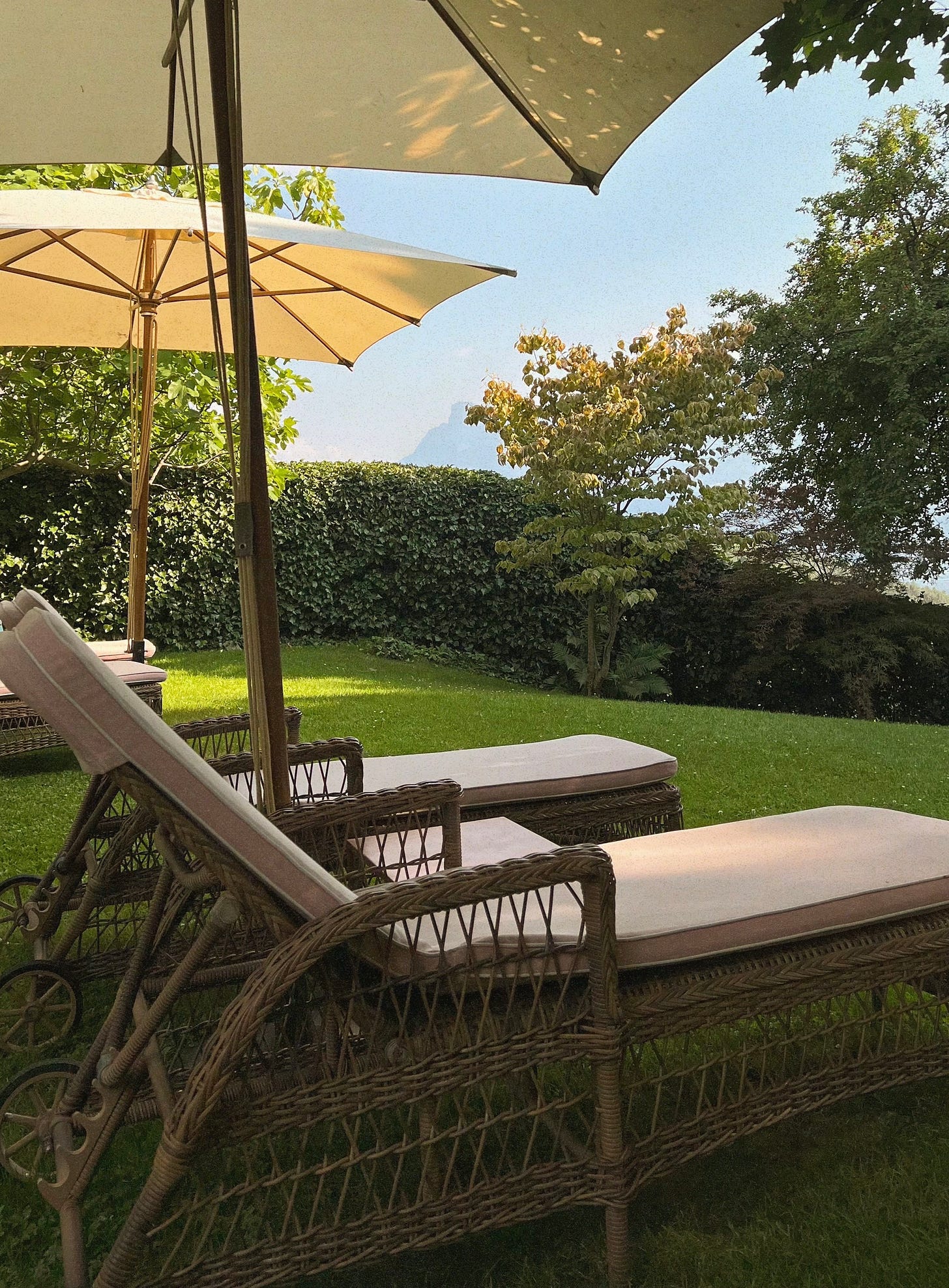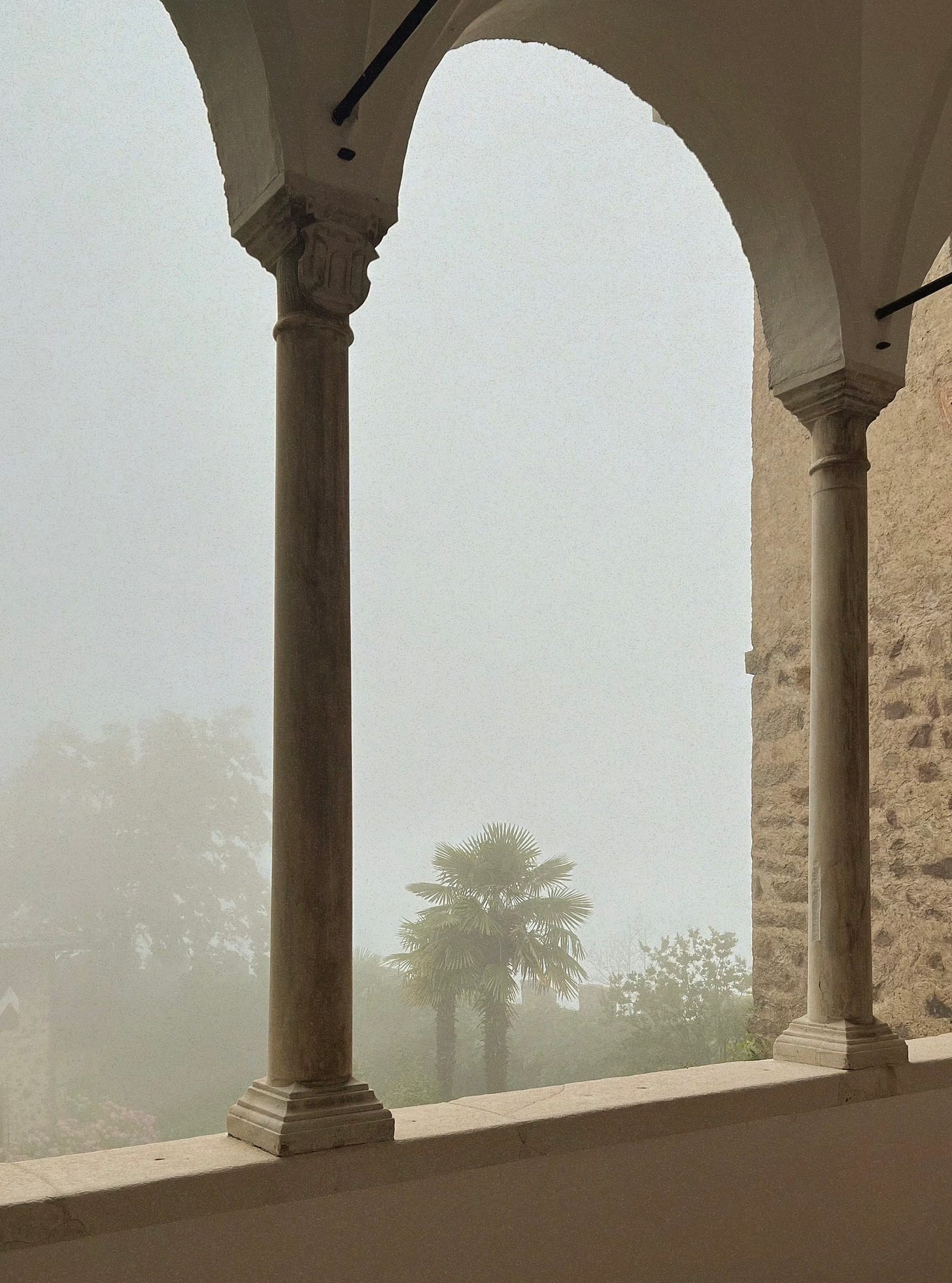Returning to Merano: Familiar Elegance in the Italian Alps
Thoughts on the quiet luxury of going back to the places that know you...
Summer breaks are right around the corner and while I’m fortunate to discover plenty of new places, I’m just as devoted to returning to the ones I love. As with most things in life, the balance between discovery and nostalgia — between the new and the known — creates a sense of grounding and harmony.
There’s a quiet kind of luxury in returning. In not endlessly chasing the new, but instead turning back to a place already known — where your body remembers the pace of the streets, where your hands know the curve of the coffee cup, where your senses settle by recognition.
This summer, we’re once again headed to the Alps — a trip that blends discovery and return. And with that, a few questions I’ve been turning over lately: Why do we revisit the same destinations again and again? Is it comfort? Laziness? Sentimentality?
It came up recently in conversation with Knut Benedikter, Creative Director at New Works, while we were preparing for our talk on The Art of Welcoming during 3 Days of Design in Copenhagen. What makes a space — or a place — one we want to return to, not just physically, but emotionally?
I like to think it’s the architecture of belonging. The restaurant you’ve dreamt of all winter. The scent of something particular. The mountain air. The linen sheets that feel like the first page of a favorite book. Maybe it’s a culture we feel held by — or a hotel that becomes a kind of companion. Like a friend you revisit, not out of obligation, but because you like who you are when you’re with them.
We’ve all rewatched the same film. Reread the same book. Cooked the same dish. Why not travel in the same loop, with the same reverence?
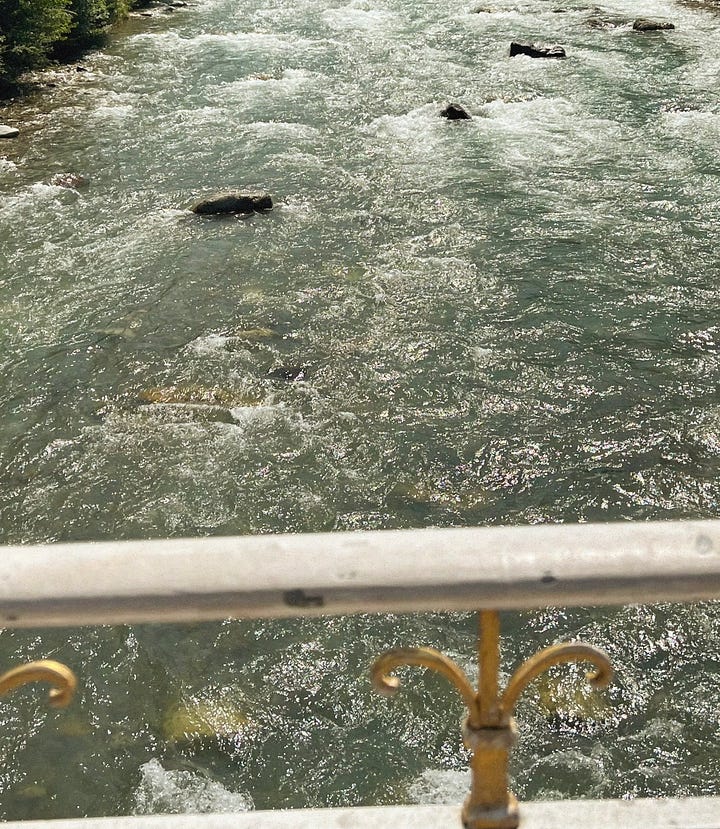

A Return to Merano
One of the places we return to this summer is Merano — a sun-drenched town in South Tyrol where palm trees and mountain air coexist in a kind of effortless contradiction. It’s a place that resists the obvious. Slightly off-radar. Gorgeously layered. Alpine and Mediterranean. A river cuts through the center of town, flanked by domed architecture, arcaded walkways, and shops that feel like they’ve always been there. In a quiet residential pocket above the town, we discovered a Monocle shop — a farmersmarket, a tiny bakery, a gelato counter, and health food stores that rival those in Copenhagen in their quiet devotion to well-being. It feels grand, yet intimate, with unmissable places to stay.
Ottmanngut: Where You Arrive and Instantly Belong
Just on the edge of town sits Ottmanngut — a white neoclassical villa with dark green shutters and terracotta tiles, framed by a backdrop of mountains, and a garden of tall cypress and palm trees. The kind of place that you wan’t to keep secret yet simultaneously share, so everyone can experience this heartfelt place.
The Kirchlechner family has owned the property since 1850. Today, it’s run by Martin Kirchlechner and his wife Kathrine, who have meticulously revitalized the pension with great respect for its history. The 11 rooms, have kept the charming spirit of South Tyrol, while all having the modern comforts you’ll expect, each one different in design. Glazed tile stoves. Antique furniture. Windows that open to lavender, palms, and garden idyll.
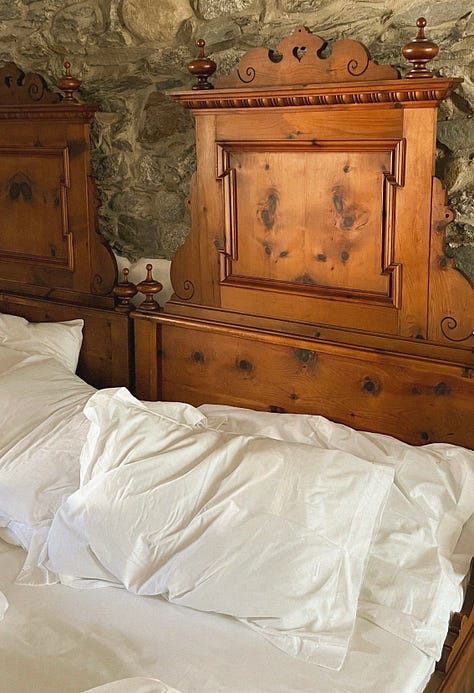
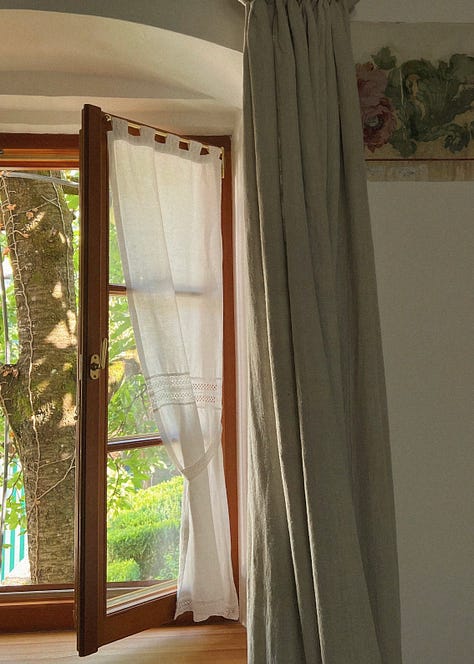

Our favorite rooms are on the top floor, where private terraces trail alongside grapevines, overlooking the restaurant garden, palm trees, and the soft line of mountains on the horizon — perfect for watching the afternoon light shift, or reading barefoot in the sun.
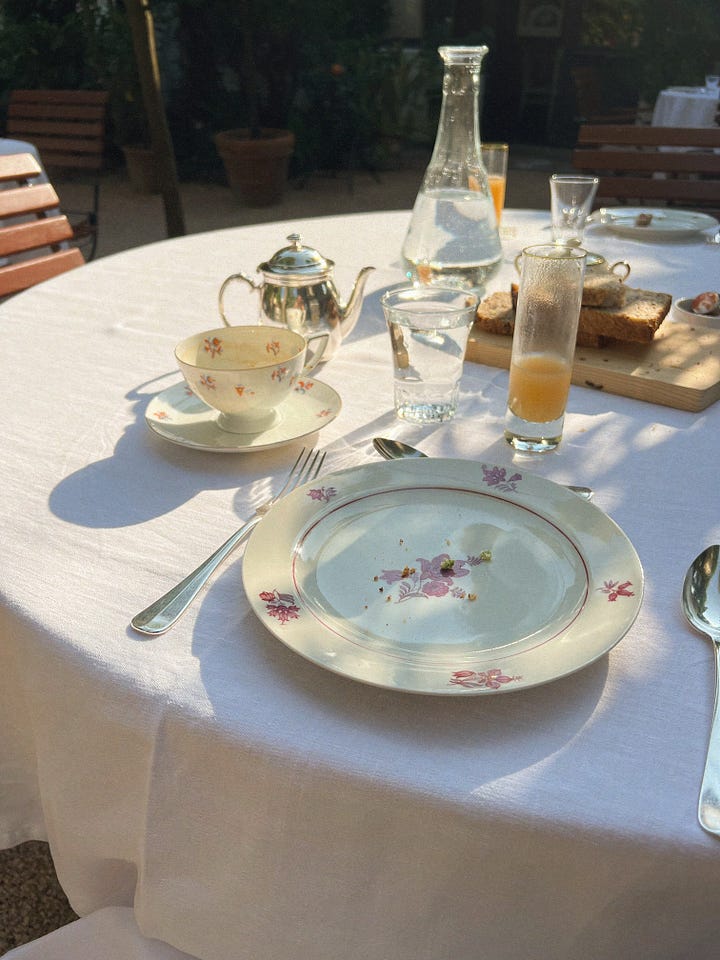
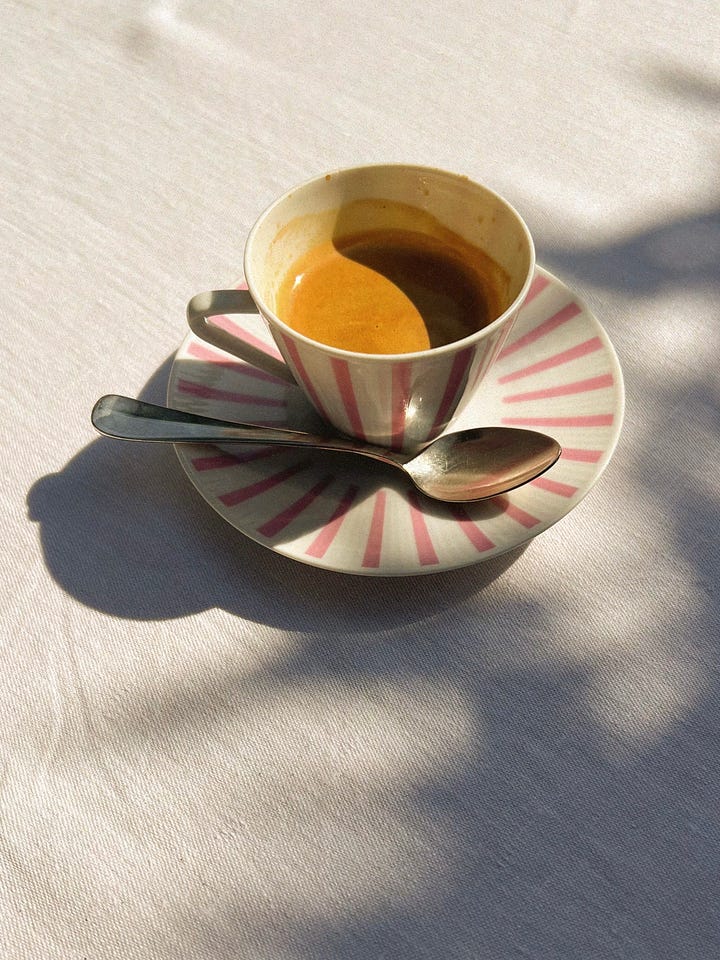
A Breakfast to Anchor the Day
At Ottmanngut, breakfast is not a formality — it’s a kind of ceremony. A slow, three-course rhythm served beneath the trees in the garden: homemade sourdough, hand-churned butter, seasonal jam. Then one sweet and one savory course. And always a glass of freshly pressed fruit or vegetable juice, coffee or tea.
Every detail is tactile. Thoughtful. There’s porcelain that looks inherited. Silver polished by many hands. The garden stretches quietly around you, as if it knows to keep still.
Dinner is served just once a week — on Thursdays this summer — and is a beloved event among both locals and guests, so be sure to reserve in advance. If the weather allows, the scene unfolds in the garden with tables dressed in white linen, light catching on old silverware, conversations floating beneath the evening sky.
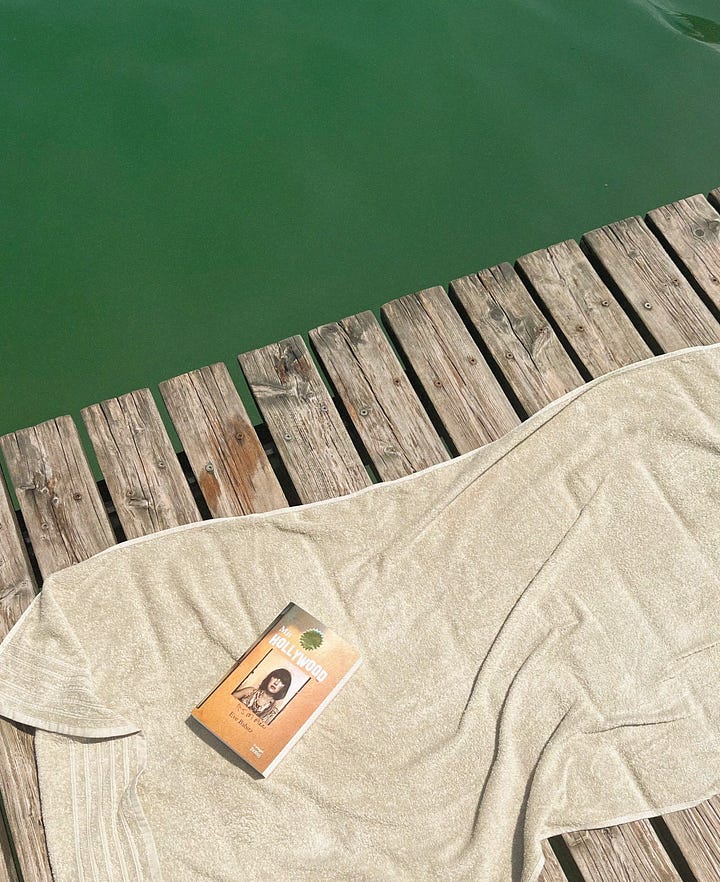
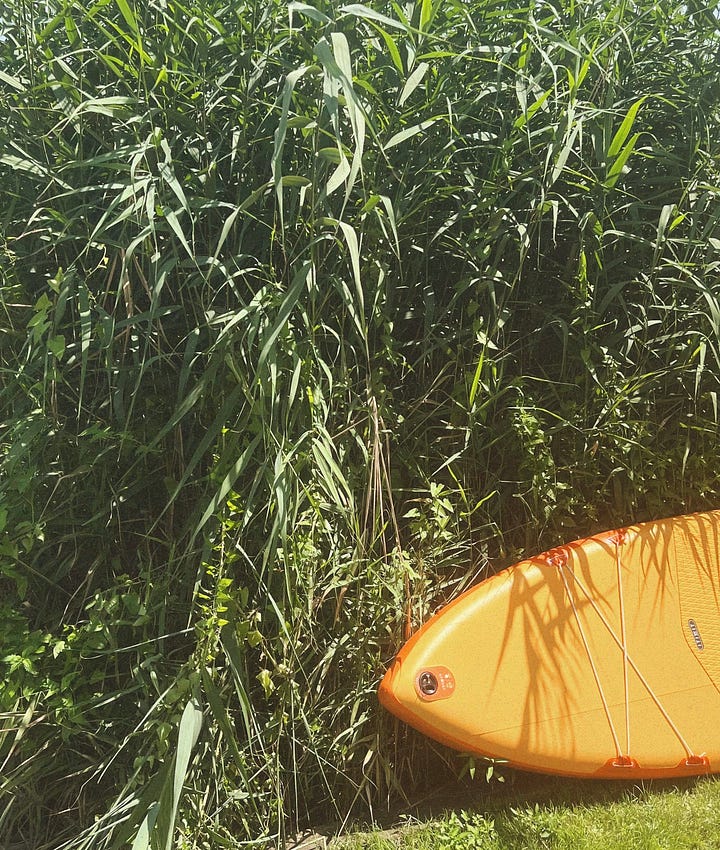
There’s no pool. But there’s no need. A swift 35-minute drive through vineyard-covered hills leads to Kalterer See, a freshwater lake with alpine clarity and just the right temperature for a summer swim.
Elsewhere in Merano
In town, don’t miss a riverside dinner at Meteo, a local institution, or a dinner at Pramol Alto, a stylish new restaurant in the wine-rich hills of Eppan, helmed by a team that includes a former Fäviken chef.
Castel Fragsburg: A Tranquil Pause Above Merano
High above Merano, with a full circle of sky, sits Castel Fragsburg — once a 17th-century hunting lodge, now a hillside hotel defined by quiet elegance.
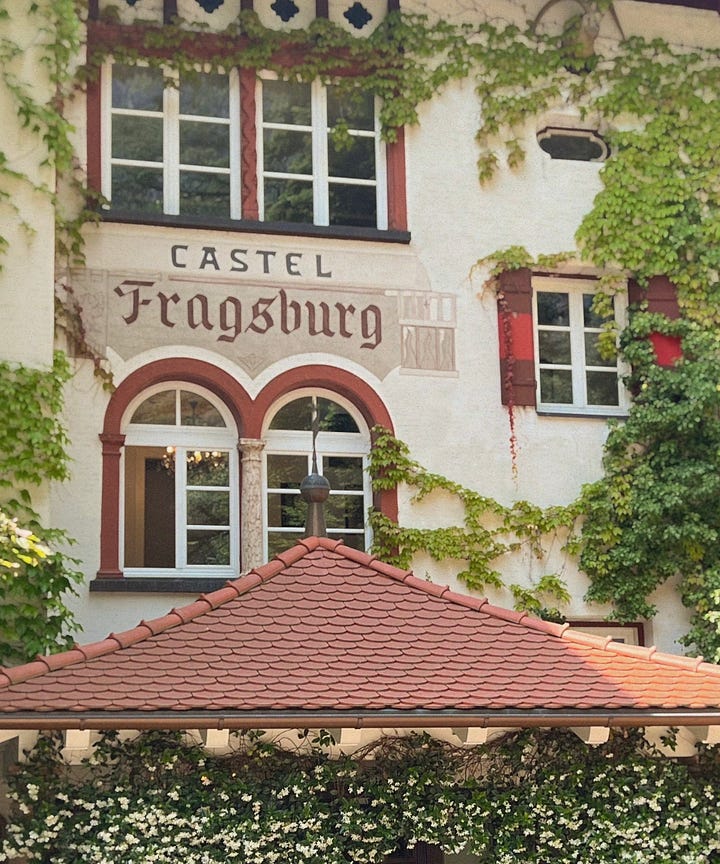
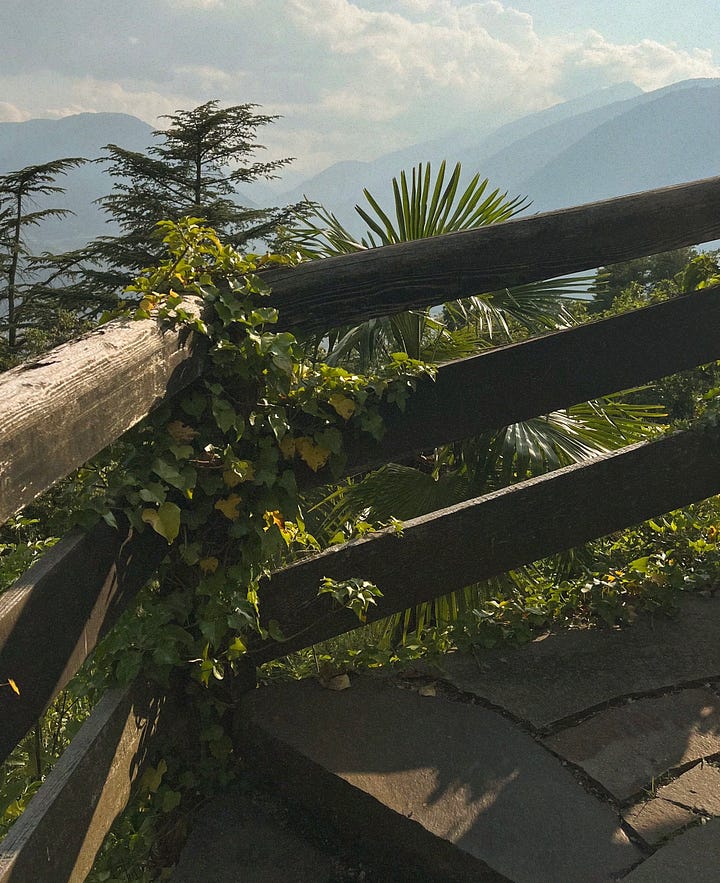
It remains a family affair, cared for by the third and fourth generations of the Ortner family, who first acquired the lodge in 1954, and recently brought the castle itself into their care — a long-view project that will one day reunite the estate’s historic buildings and gently bridge past with present.
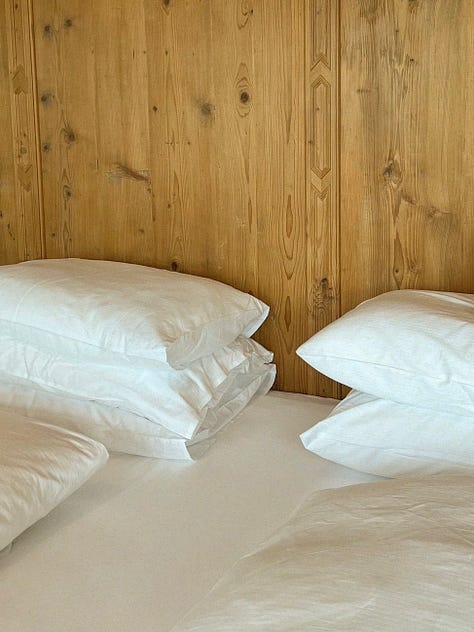
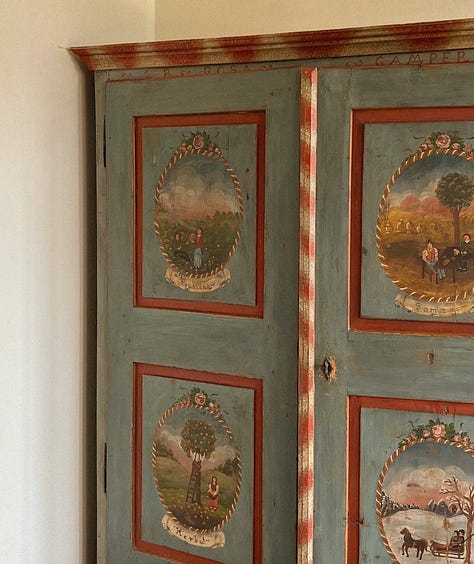
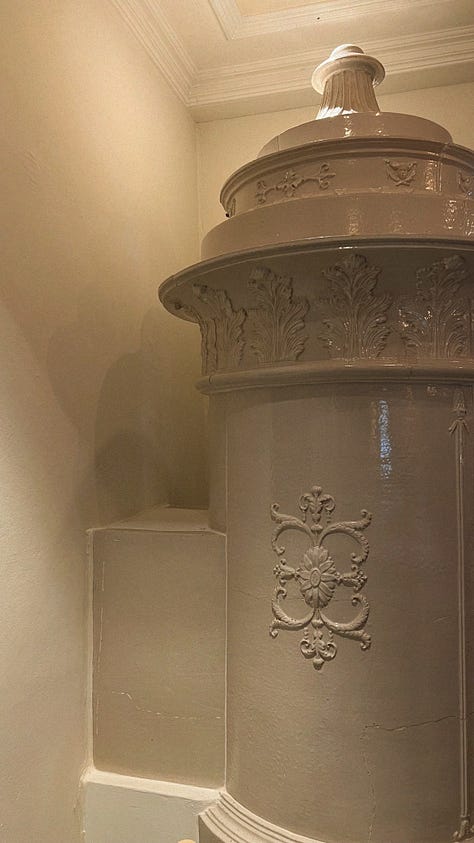
Inside the lodge of Castel Fragsburg, which feels more like a castle, there’s a sense of suspended time. The interiors have been slowly brought into modernity with respect to the history and bones of the place. No overwriting. Even the bar inside the library feels as though it’s holding its breath — listening, as it has for centuries, to the stories in its walls.
A Table Above
In the morning a grand banquet bursts with an opulent breakfast delicately presenting everything the heart could possibly desire. White linens, silverware, and waiters in pressed cotton gloves. Regal, but never stiff.
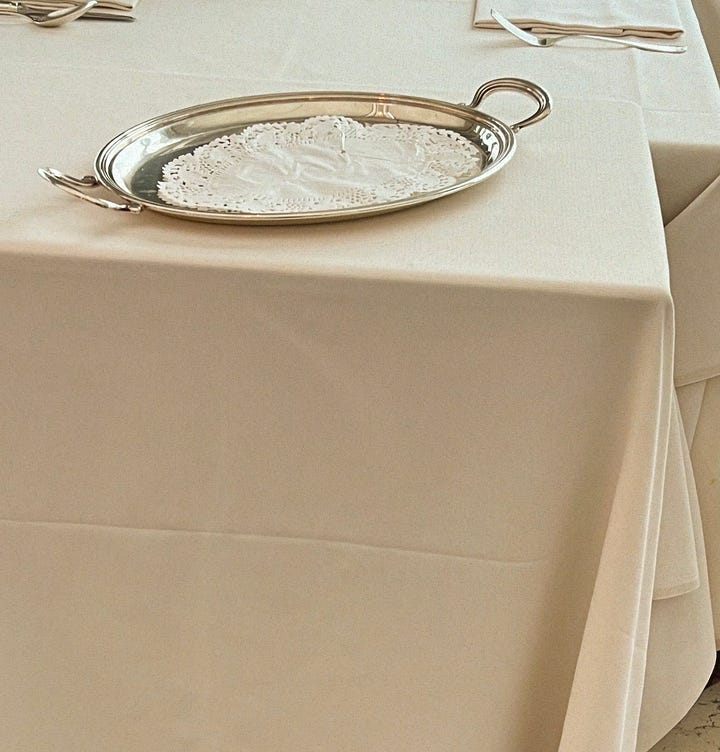

The elevated heart of Castel Fragsburg is the wide terrace, with views that stretch from the mountain ridges down to Merano. Soft blush-coloured chair cushions complement the Swedish-red wood of the terrace structure. On warm mornings, breakfast is served in golden light; by evening, the same view settles into a cool alpine hush with the flickering lights of Merano below.
Rituals in Wellness
Days here drift between the garden and the pool, time stretching out on charming wicker loungers — only interrupted by long, shaded lunches or a treatment at the Alchemistic Spa, a space dedicated to holistic care and ancient rituals. Under open skies, I found myself soaking in a bath of goat’s milk infused with fig and rose petals — an unexpected indulgence, both earthy and decadent. A first for me, and easily recommended. A quiet, fragrant moment — part myth, part tradition, once favored by those who understood the restorative pleasures of bathing. The ancients were onto something — as today’s wellness world would no doubt agree.
What Stays With Us
Sometimes it’s the space. Sometimes it’s how it makes you feel. Often, it’s both — and that’s what stays with us.
On Belonging and Return
I think the deepest kind of hospitality isn’t only about visible luxury — but very much also about recognition. That quiet feeling when you walk through a door and sense the place already knows you.
Thankfully, there are places — many, in fact — that offer this. Spaces shaped by more than refinement alone; shaped by rhythm, by care, and by a kind of presence. It’s often here, in the quiet act of recognition, that something lasting takes root — where the experience moves beyond beauty and becomes memory.
So the contrast isn’t between luxury and meaning, but between luxury as surface-level refinement, and recognition as emotional resonance — the kind that lingers long after you’ve left.
And maybe that’s what we’re really seeking when we travel — not just escape, but return. Not always to a place we’ve been, but to a feeling. A sense of ease. Of rhythm. Of being gently known — even in places we’ve never been before. To the textures and rituals that quietly welcome us. To rooms, gardens, and gestures that ask nothing of us but presence.
If you’re still deciding where summer might take you, maybe don’t overthink it.
There’s beauty in going back — even when it’s somewhere new.


